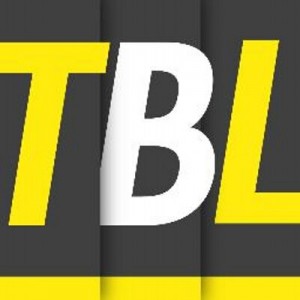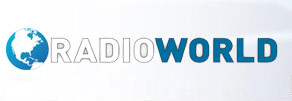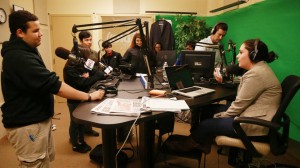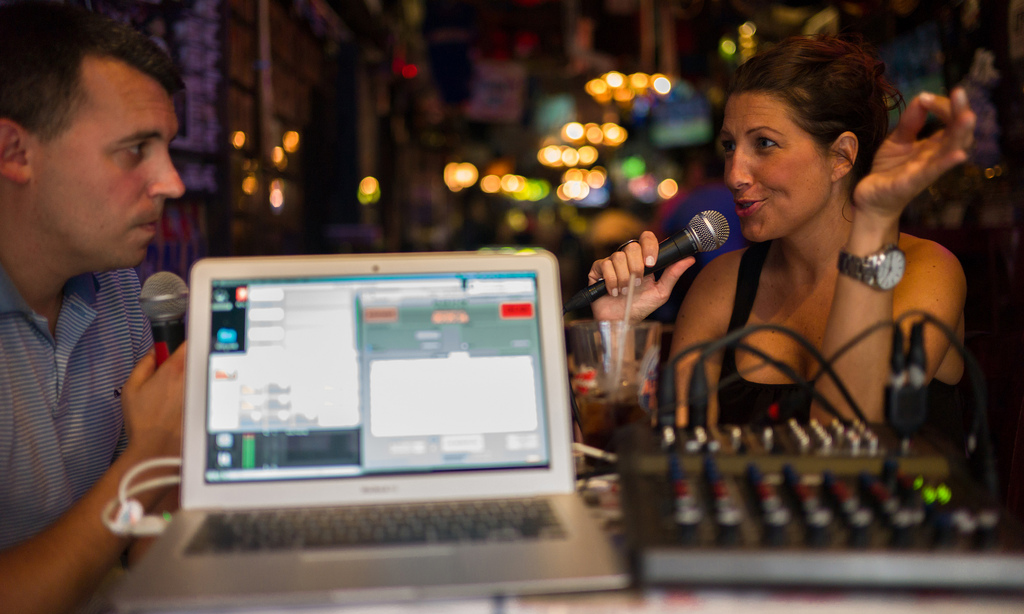We, naturally, get a lot of calls from professionals interested in starting their own Internet radio stations. After we explain how easy it is to launch and operate a complete radio station in the cloud, using our Backbone Radio and Backbone Talk services, we are usually asked about how Internet radio royalty rights are handled and paid. Recently we found an excellent visual aid to help you follow the money, and we want to share it with you.
As you probably already know, broadcasters are responsible for their content, as well as any and all royalties that need to be paid on their stream. If you are a customer of Backbone, you have seen this laid out in the Backbone Networks Terms of Service, where section 2 lists the station’s responsibilities. Chief among them is that the broadcaster must have or must secure the rights to the content that they are broadcasting. In other words, you must own the content or you must get a license to broadcast it, especially to stream it.
Let’s assume that you have secured those rights either with a direct license or a statutory license. Where do the Internet radio royalty payments go? The Future of Music Coalition and the Berklee College of Music have put together a great infographic on how this works.
As you can see, terrestrial radio broadcasters are not required to pay royalty payments for performances, but non-interactive Internet radio broadcasters are. Nonetheless, Internet radio continues to grow, while terrestrial radio continues to decline.
We hope you enjoy this infographic. Please let us know if it helps you envision the flow a little better.
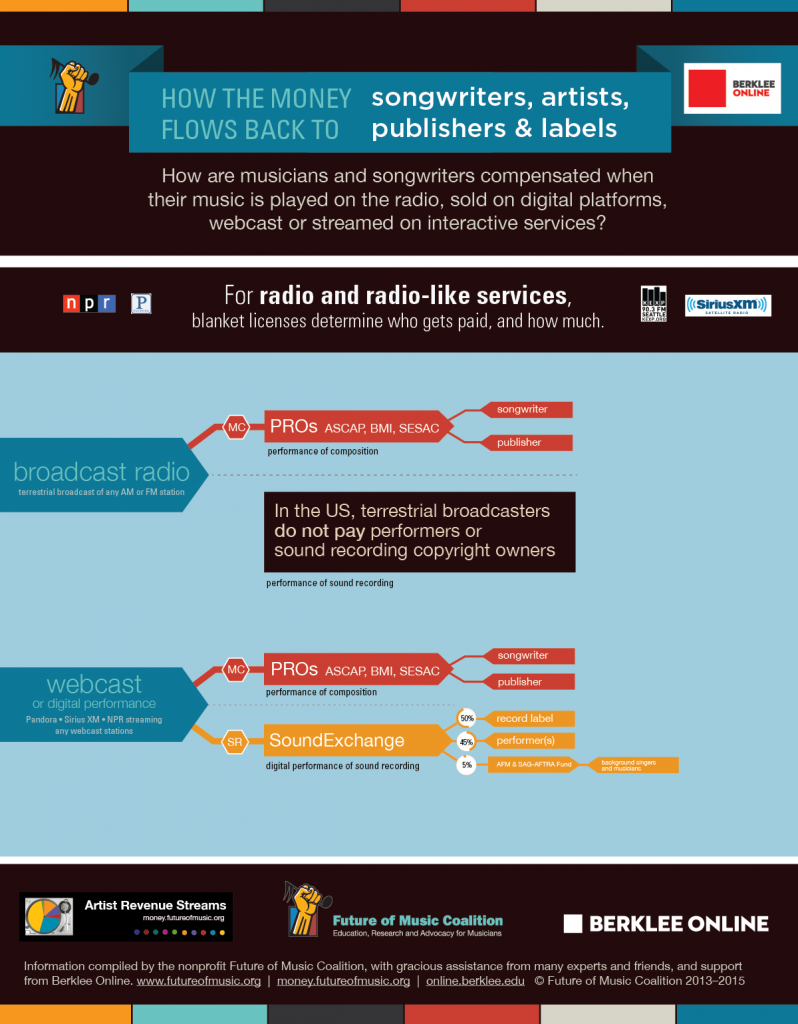
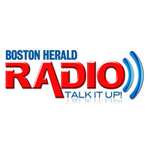


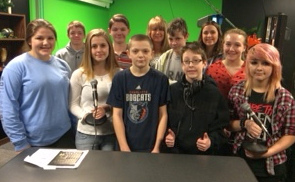 were finalists in five categories in the high school division, walking away with three wins:
were finalists in five categories in the high school division, walking away with three wins: 
